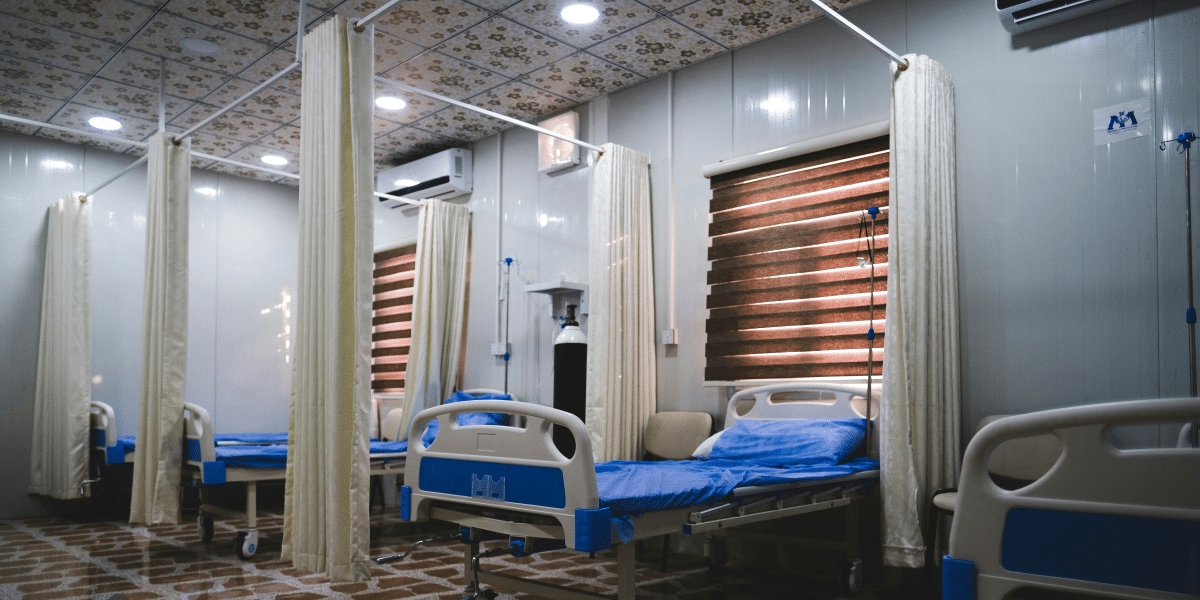Patient Safety Week – The Silent Threat to Safe Care
From March 10th through March 16th, healthcare systems worldwide observe Patient Safety Week, a crucial time dedicated to fostering a deeper understanding of healthcare safety issues and developing strategies to enhance patient care. The inception of this week is rooted in the growing recognition of patient safety as a fundamental healthcare priority, necessitated by alarming statistics that highlight the risks patients face due to medical errors and systemic failures in healthcare settings.
Yet, despite the spotlight on patient safety, there’s an underlying issue that significantly jeopardizes the quality of care: physician burnout. Dr. Gail Gazelle, MD, Assistant Professor at Harvard Medical School, emphasizes that physician burnout could be the silent killer lurking within our healthcare system. “Over 50% of physicians experience burnout, losing their sense of purpose and walking around exhausted, cynical, and unable to see all the good they do,” Dr. Gazelle explains. This state of burnout not only diminishes the quality of life for physicians but also directly impacts patient safety, leading to decreased empathy, commitment, and an increased likelihood of medical errors.
The consequences of physician burnout extend beyond the immediate doctor-patient relationship. It drives experienced physicians into early retirement and discourages new talent from entering the field, exacerbating the existing national physician shortage. This shortage is a ticking time bomb, posing a significant threat to patient safety and the overall efficacy of healthcare delivery.
The recent Medscape 2024 Physician Burnout & Depression Report shed a brighter light on the alarming rates of burnout among physicians, reinforcing the critical link between healthcare provider well-being and patient safety. The survey, which included 9,226 physicians across 29 specialties, reveals that nearly half (49%) of physicians report feeling burned out, with female physicians experiencing burnout at a higher rate (56%) compared to their male counterparts (44%).
These findings highlight a disturbing trend in the healthcare industry, with burnout not only persisting but also presenting with significant severity. The length and intensity of burnout episodes are particularly concerning, with 42% of respondents indicating they have been burned out for over two years, and a substantial portion of both female (16%) and male (14%) physicians reporting their burnout as so severe that they might consider leaving the medical profession altogether.
Emergency medicine physicians bear the brunt of this crisis, reporting the highest rates of burnout at 63%, closely followed by specialties such as ob/gyn, oncology, pediatrics, family medicine, and radiology, all hovering around the 50% mark.
Addressing this crisis requires a concerted effort from all stakeholders in the healthcare industry. Hospital administrators and insurance companies, in particular, need to recognize their role in creating environments that prioritize the well-being of healthcare providers as much as patient care. Implementing systemic changes to reduce the bureaucratic burden on physicians, offering support for mental health and well-being, and fostering a culture that values and respects the immense contributions of healthcare workers are steps in the right direction.
Moreover, embracing and integrating mindfulness and resilience training into the healthcare profession, as Dr. Gazelle advocates through her coaching and teaching, can offer physicians tools to manage stress and reconnect with their purpose. These strategies not only benefit the individual healthcare provider but also enhance the quality of care delivered to patients.
As we observe Patient Safety Week, it’s imperative to highlight that the safety of patients is inextricably linked to the health and well-being of their caregivers. The alarming rate of physician burnout is not just a crisis for healthcare workers; it’s a dire threat to patient safety. Hospital administrators and insurance companies are called upon to take these issues seriously. Lives are on the line, and the time to act is now. The commitment to patient safety must encompass a commitment to the safety and well-being of those who care for them. It’s a dual promise that the healthcare industry must uphold to ensure the delivery of safe, effective, and compassionate care.
Dr. Gail Gazelle, MD, Assistant Professor of Medicine at Harvard Medical School and a Master Certified Coach, has been at the forefront of addressing this burnout crisis. Through her work and in her recent book, “Mindful MD: 6 Ways Mindfulness Restores Your Autonomy and Cures Healthcare Burnout,” Dr. Gazelle offers a pioneering approach to mitigating the effects of burnout and turnover in the healthcare sector. With over a decade of experience coaching more than 500 physicians, she provides a nuanced perspective on the crisis and its solutions.
Published by: Nelly Chavez











